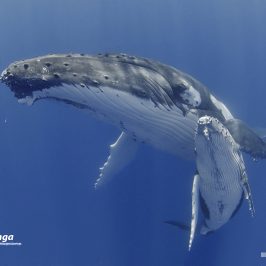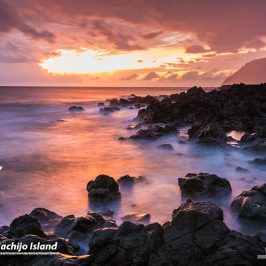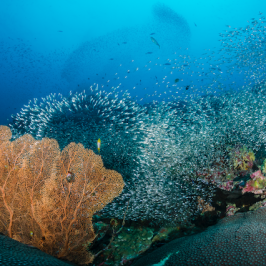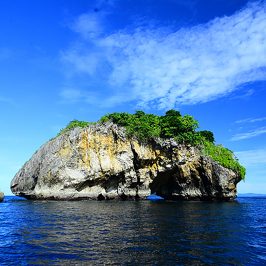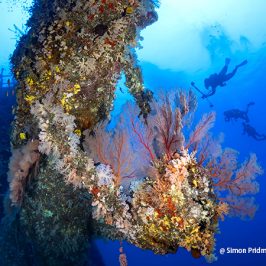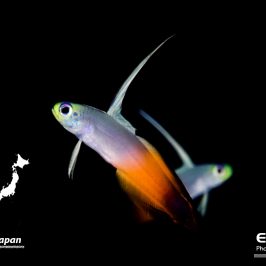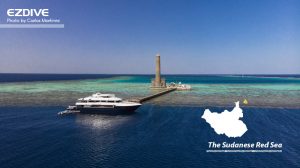
Text & Photo | Rafael Fernandez, Carlos Martinez and Blue Force Fleet
More and more Chinese divers discover in the Red Sea, an underwater paradise. The vast majority choose the Egyptian Red Sea as their main destination because it offers a wide variety of diving routes, suitable for all levels of diving, where you can travel all year round and at a great price. But there is another Red Sea, one that has been in a time capsule, practically intact, unexplored and that retains the sense of adventure that the Egyptian Red Sea offered 30 years ago.
We’re talking about the Sudanese Red Sea, the wild Red Sea.
Sudan was the largest country in Africa until 2011, after long years of conflict, it was divided into Northern Sudan and 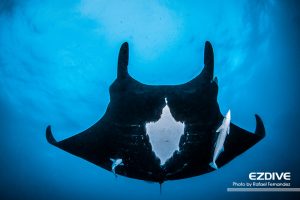 Southern Sudan. The Republic of Sudan, also known as North Sudan, has 853 kilometers of coastline in the Red Sea. For the past 25 years, has been immersed in internal struggles, civil rivalries and ethnic conflicts, which has completely impeded tourism and infrastructure development.
Southern Sudan. The Republic of Sudan, also known as North Sudan, has 853 kilometers of coastline in the Red Sea. For the past 25 years, has been immersed in internal struggles, civil rivalries and ethnic conflicts, which has completely impeded tourism and infrastructure development.
For many years, divers wanted to go scuba diving in Sudan, but because there was no reliable operation of flights and boats, the same drawbacks in planning a trip to that country arose. Since 2016, some airlines are making it easier to fly to port Sudan, the port of embarkation of the diving liveaboards.
Thanks to this, Blue Force Fleet, a company with more than 20 years of experience in diving safaris in the Red Sea, has moved to the waters of the Sudanese Red Sea, with one of the best and most modern diving boats in this area, the new and spectacular RED SEA BLUE FORCE 3, providing the chance of diving into the best and most inaccessible reefs in Sudanese waters, with the guarantee of a reliable and experienced operator.
The Sudan Shark Dive expedition
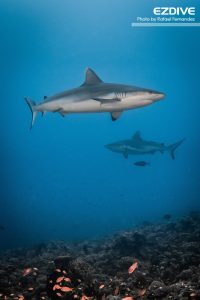 Sudan has a relatively short diving season due to weather conditions. Temperatures during the summer are very high, both outdoors and in the water, reaching 30 degrees in the water. This makes large pelagics such as shark go deeper and more inaccessible to divers. This is why the season with the best conditions for its sighting is limited to the months with the coldest water, between the months of January to May, with the water between 24 to 26 degrees.
Sudan has a relatively short diving season due to weather conditions. Temperatures during the summer are very high, both outdoors and in the water, reaching 30 degrees in the water. This makes large pelagics such as shark go deeper and more inaccessible to divers. This is why the season with the best conditions for its sighting is limited to the months with the coldest water, between the months of January to May, with the water between 24 to 26 degrees.
In addition to sharks, the other great attraction of diving in Sudan are its spectacular reefs with large extensions and coral blocks that emerge from the depths to the surface. These reefs are found in the open sea, far from the coast, so they are an ideal place for the fauna to shelter from their predators and these, in turn, go to this places in search of prey.
It is the perfect formula, a scenario of trophic equilibrium that guarantees encounters with large groups of fish of different species and their natural predators, together with the almost nil commercial exploitation of these places make of these reefs a true underwater paradise.
Two main areas are defined when designing the diving routes of Sudan SHARK Dive Expedition: Sudan “Central and North” and Sudan “extreme South”.
Sudan “Central & North”
The “Central and North” route is the classic and least unknown, the central reefs and the upper part of the south. Here, we can dive in the impressive wreck of the Italian ship S.S. Umbria. One of the best wrecks of the Second World War
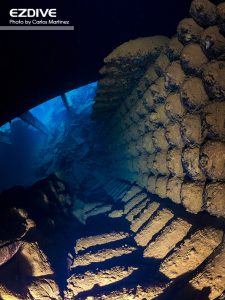
that can even be snorkeled. It is in shallow depth, full of ammunition and war supplies.
In addition, we will have the opportunity to dive in the remains of the underwater laboratory Precontinent II, in Shaab Rumi, which Jacques-Yves Cousteau built in 1963, a set of submarine artifacts where 8 people would live uninterruptedly during a month, at a depth of about 10 meters trying to prove the viability of human life under the sea.
The rest of the dives are usually carried out on the northernmost reefs of the Shaab Rumi Reef. Diving spots full of life, large shoals of fish, incredible hard and soft corals and, of course, the ubiquitous sharks. It is difficult to explain the amount of life you can see in these dives; you have to be there to understand it.
To this we must add the reefs of the triangle of Shambaia, where the following points of diving stand out:
Angarosh: The mother of the Sharks, translated from Arabic, this reef stands out on the surface with a beautiful island created by remains of coral. In its walls and platform, you can see grey reef sharks, hammerheads and spectacular schools of jacks. One of the most exciting dives of this route.
Merlo: Diving in its pinnacle always moves me to the best thilas in Maldives. The light, the amount of life, the colors and the shallowness of its main pinnacle make it a compulsory immersion.
Sudan “South & Extreme South”
This route visits more wild and unexplored reefs, but also more distant, so it is usually done on longer trips. These reefs still retain a large population of different species of sharks intact.
Sha’ab Jumna: It is the northernmost reef of the Suakin. A big coral tower, marked with a small light house and one of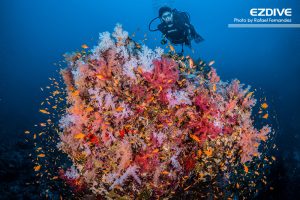 the best dives of the area. It is easy to find hammerhead sharks, grey reef sharks, white tip sharks and occasionally silver tips.
the best dives of the area. It is easy to find hammerhead sharks, grey reef sharks, white tip sharks and occasionally silver tips.
Sha’ab Ambar: It’s a huge reef, more than 5 miles long. It also offers an inner lagoon that gives shelter for the boats. In the southern part of the reef there is a sandy platform 25 m deep ideal for encounters with hammerhead sharks, grey sharks and numerous jacks banks.
Pinnacle: This pinnacle-shaped reef that ascends from the depths offers a rich and varied concentration of reef fish in the areas most influenced by currents. There are frequent encounters with hammerheads, greys, silver, silky and even thresher sharks.
Protector: This is a 2 miles long reef surrounding a large lagoon. Its southern face offers coral-filled dives and abundant reef life. In the deep waters of the outer wall of the southern tip, it is easy to find hammerhead sharks, silky and sometimes oceanic mantas.
Logan: The North Face is the one that offers the greatest chance of encounters with hammerhead sharks, silky, white tip and reef greys and large concentrations of humphead parrot fish. Occasionally, mantas can also be found. The east and west sides of the reef, harbor a wide variety of corals and sea fans.
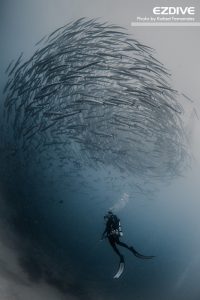
Getting there
Most international airports fly to Dubai. Take Dubai Airlines to Sudan Port. You can apply for a transit visa at Dubai airport during the stay.
Visa
Sudan visa is commissioned to liveaboard companies on condition that no Israeli visa is on your passport. Upon arrival, the staff of the liveaboard will pick you up. Your passport will be held temporarily by Sudan immigration office until your departure. No drones are allowed in the country and it may be confiscated if found in your possession.
Language
Most Sudan locals can speak simple English. English is widely spoken on liveaboards.
Currency
Local currency is Sudanese Pound (SD). 1 SD = 0.019 Euro.
Electricity
European standard outlet.
Dive Operator
Blue force Fleet – www.blueforcefleet.com
Blue Force Fleet operates in Sudan with its new Red Sea Blue Force 3, launched on November 2018. It offers 7, 10 and 11-day cruises on all Sudanese routes from February to May.

